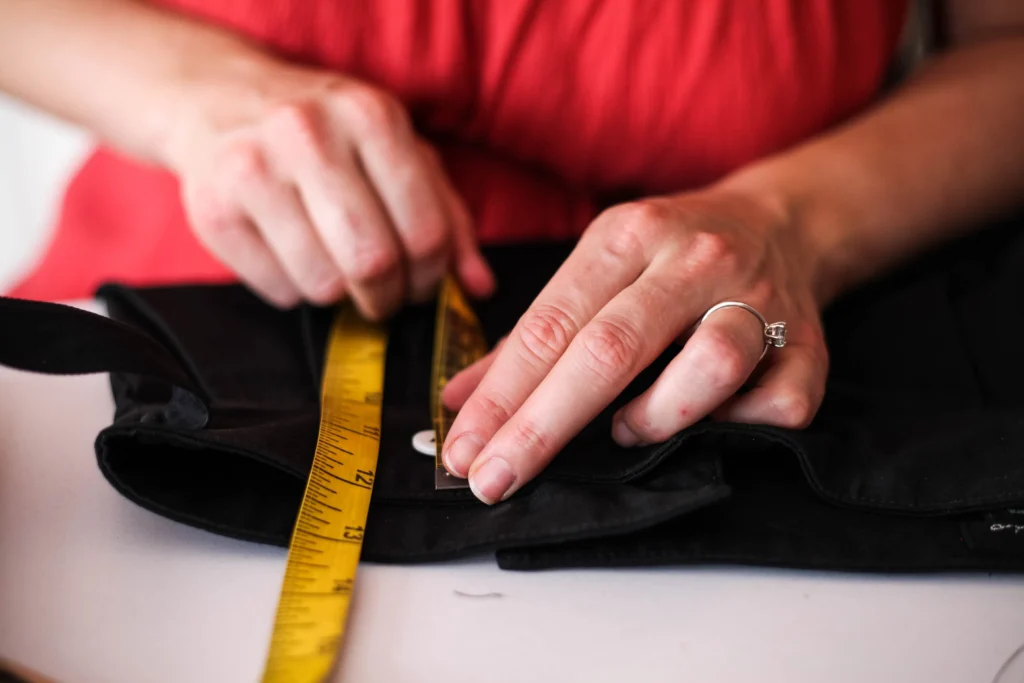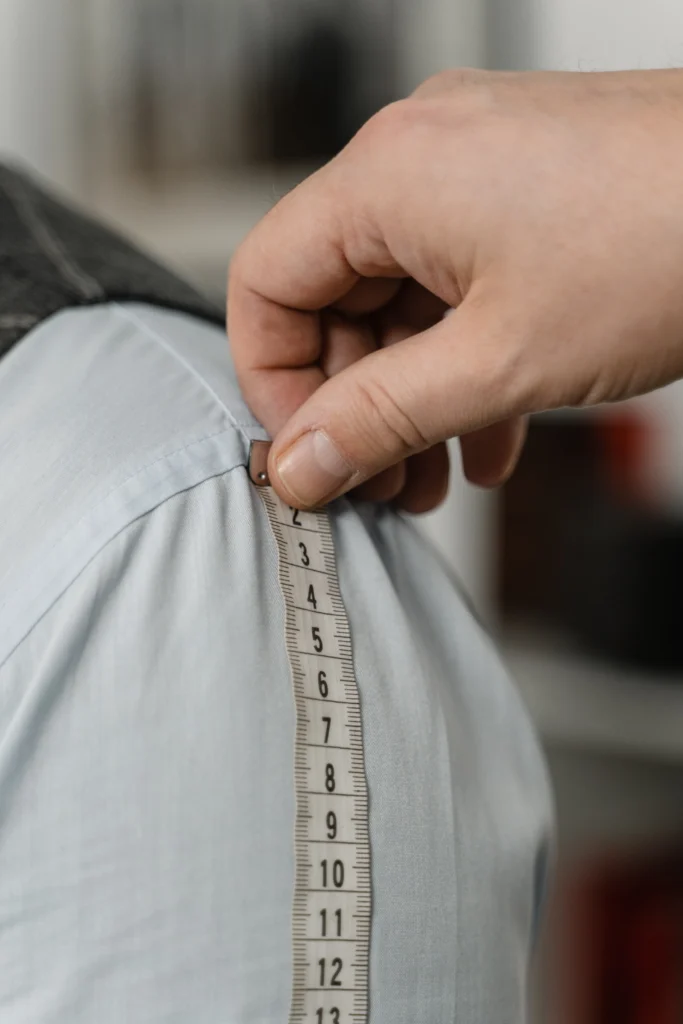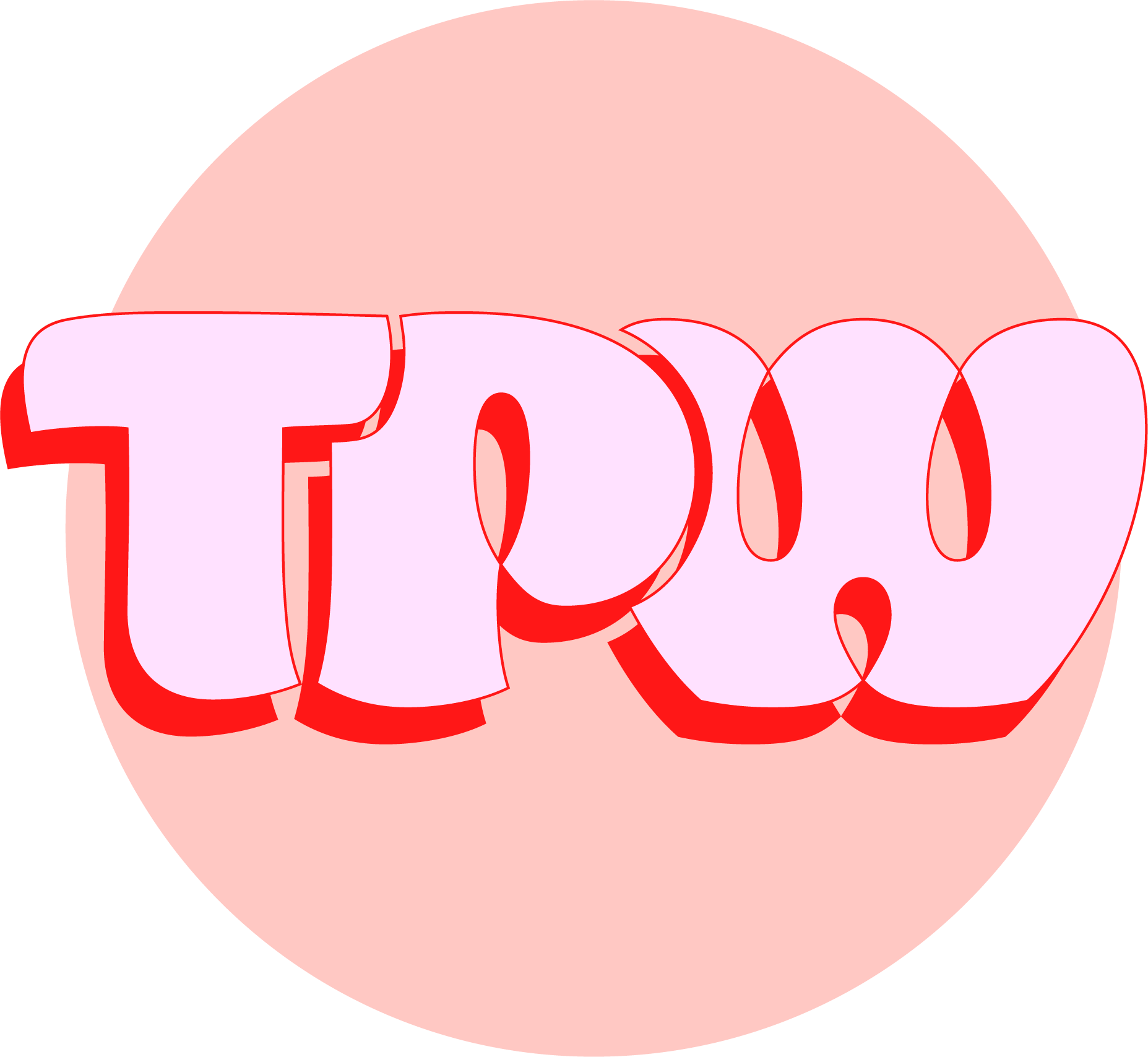When starting a fashion brand, one of the first things you need to decide is what size range you will offer.
Size 0 to plus size? Or something in between?
And how do you determine what size range to offer?
This can be a difficult decision, but it’s important to get it right. In this blog post, we’ll discuss the fit and size range for fashion brands and provide some tips for choosing the right size range.

When it comes to fashion, size does matter.
Not only do you need to make sure your clothes fit well, but you also need to offer a range of sizes that will fit a variety of body types.
But how do you know what size range to offer? And how do you make sure your clothes will fit a variety of body types?
Make The Fashion Design And Development Process Simpler With Tech Pack Wizard
Things To Consider When Developing your Size Set
There are a few things to consider when deciding on the size range during your fashion development process.
Who Is Your Target Market?
First, you need to think about who your target market is.
Are you targeting petite women? Tall women? Plus-size women?
Once you’ve identified your target market, you need to decide what size range will best fit their needs.
What’s Your Budget?
Finally, you need to think about your budget.
Offering a wider size range will require more inventory, which can be costly. You’ll need to decide if you’re willing to invest the extra money to offer a wider size range.
Oftentimes, suppliers will take the size range into consideration when costing out the production run as well. Usually, the larger the size range, the more expensive the FOB garment price will be.

Now that you’ve considered all of these factors, you should have a good idea of what size range you should offer for your fashion brand.
If you’re still unsure, consider seeking out the advice of a patternmaker or fashion designer. They can help you choose the right size range for your brand.
Alpha vs. Numerical Size Ranges
Now that you know what size range you should offer, you need to decide how you’re going to label your sizes.
The two most common ways to label sizes are with alpha sizes (XS, S, M, L, XL, XXL) or numerical sizes (0-18).
Usually, alpha sizes are associated with kidswear, and more casual clothing for adults, such as t-shirts and track pants. For example, a brand might offer a nice viscose blouse in size 0-18, but a t-shirt in XS-XXL.
Since there are fewer alpha sizes, these typically tend to cover multiple numerical sizes. For example, Size S might fit a 6-8. Therefore, if your design is fitted, I would suggest using numerical sizing to have more accuracy. But if you have an oversized garment, alpha sizing may be the best way to go.
Also, if you are going to be selling primarily online, you might want to consider using numerical sizes, as they are more standardized across the industry.
There are a few things to consider about alpha and numerical size ranges. Ultimately, it’s up to you to decide which one is right for your brand.
Make The Fashion Design And Development Process Simpler With Tech Pack Wizard
Using Your Competitors to Your Advantage
One way to help you decide on a size range is to look at your competitors.
See what size ranges they offer and use that to inform your decision.
You can even buy and measure their garments, then test the fit to see what they are doing and apply what works to your own brand.
Keep in mind, however, that just because a competitor offers a certain size range doesn’t mean you have to offer the same range. You should only use your competitors as a starting point. Ultimately, you should choose the size range that you feel is right for your brand.
Tips for Determining Your Size Range
Now that you know what size range to offer and how to label your sizes, here are a few tips for offering a size range:
• Make sure you have enough inventory in each size. You don’t want to run out of small sizes or large sizes.
• Offering a size range is important, but don’t forget about fit. Make sure your clothes are well-made and fit well.
• Don’t be afraid to experiment. You might need to adjust your size range as you go.
Other Helpful Resources
If you’re still having trouble deciding on a size range, don’t worry! There are plenty of resources out there to help you.
The United States Fashion Industry Association (USFIA) is a great place to start. They offer Size Charts and Size Grading Guidelines that can help you choose the right size range for your brand.

When it comes to fashion, there is no one-size-fits-all solution. The key is to find what works best for you and your brand. With a little trial and error, you’ll be sure to find the perfect fit for your fashion label.
By following these tips, you can make sure your fashion brand offers a Size Range that will fit a variety of body types. Size does matter in fashion, so it’s important to get it right.
Do you have any questions about choosing the right Size Range? Share them in the comments below!


